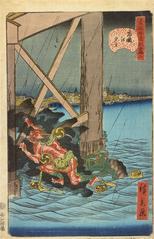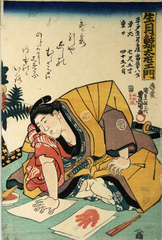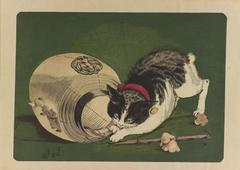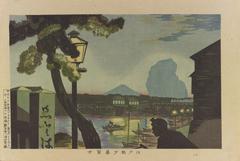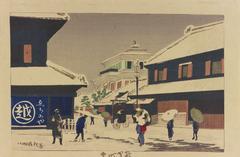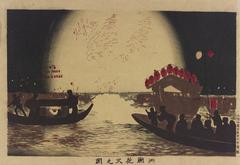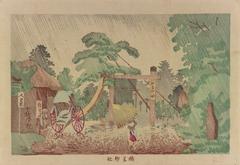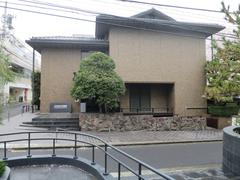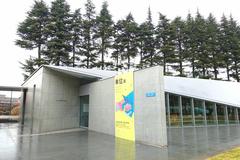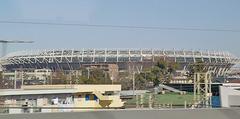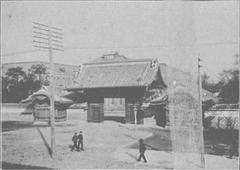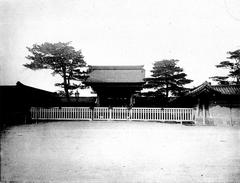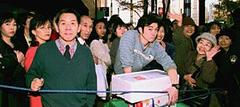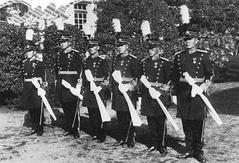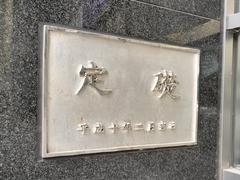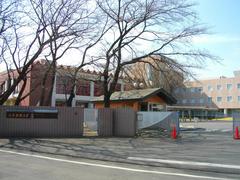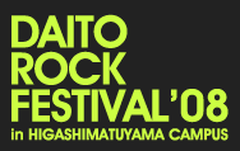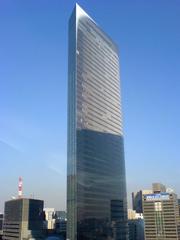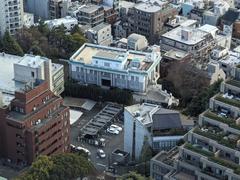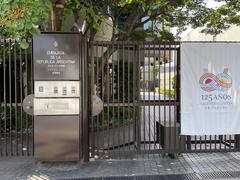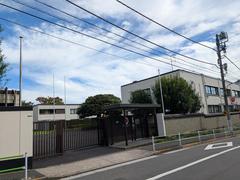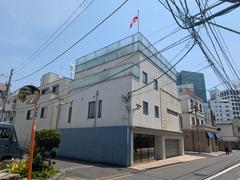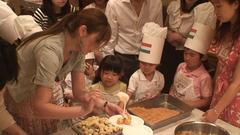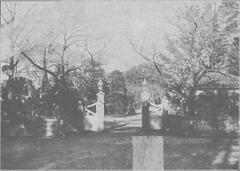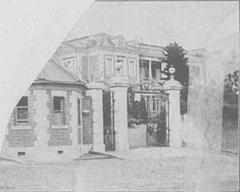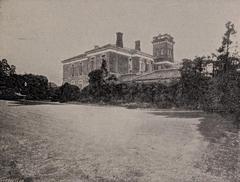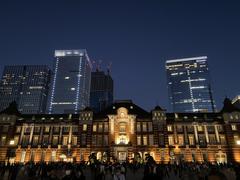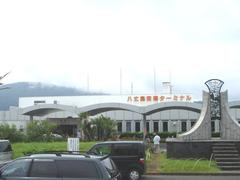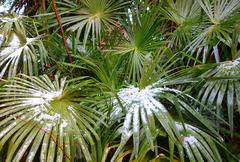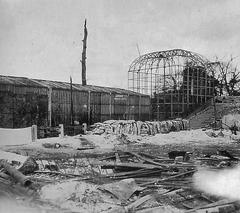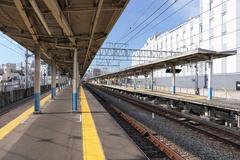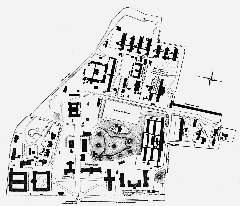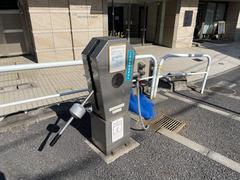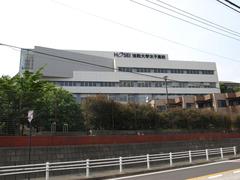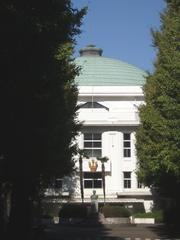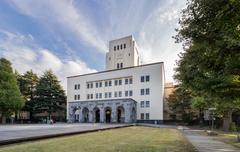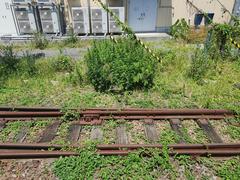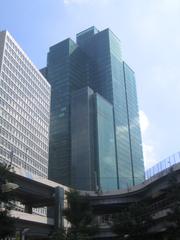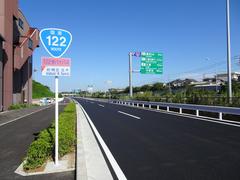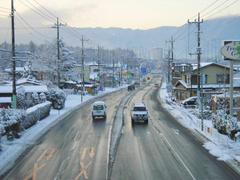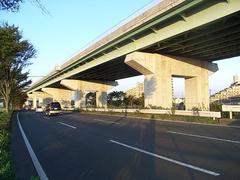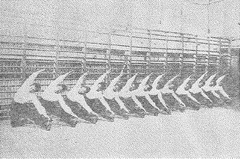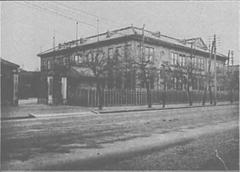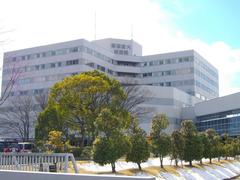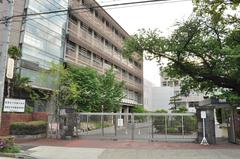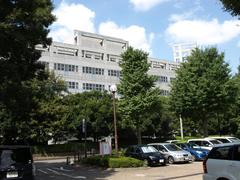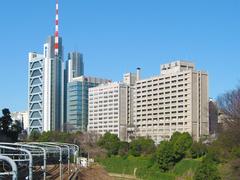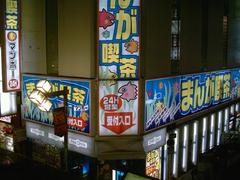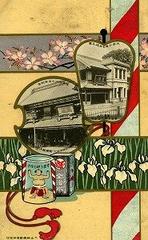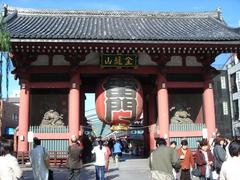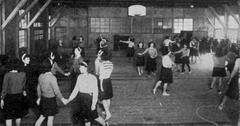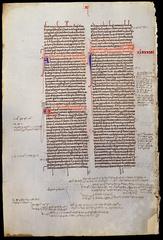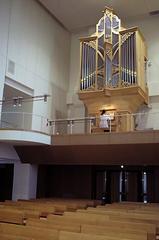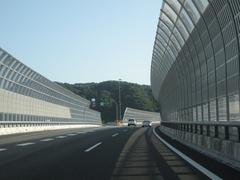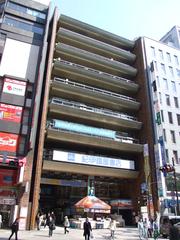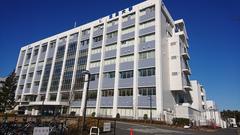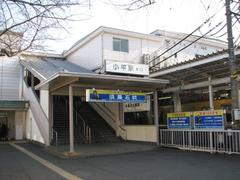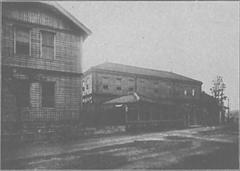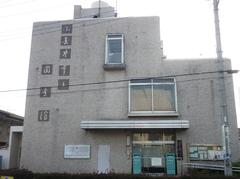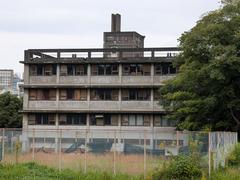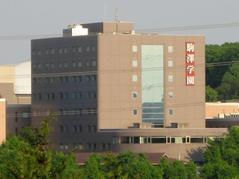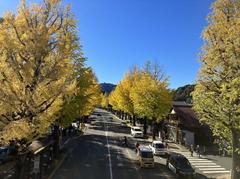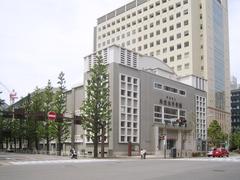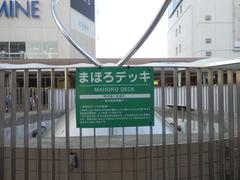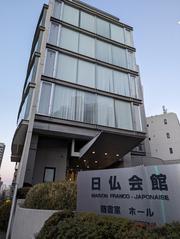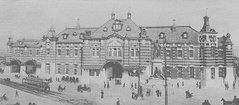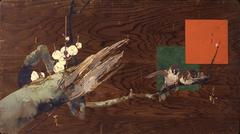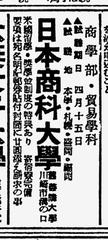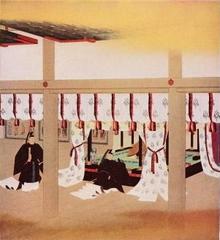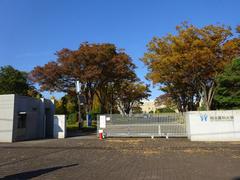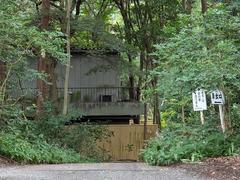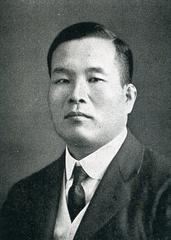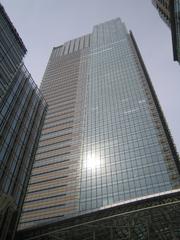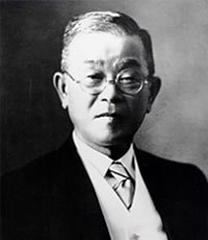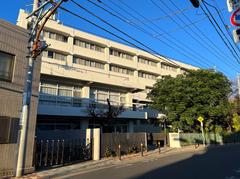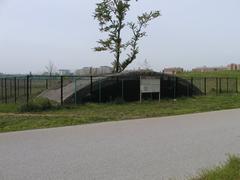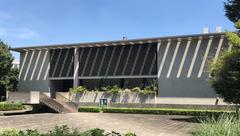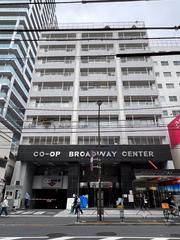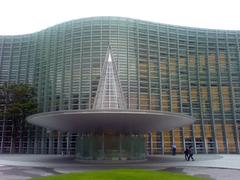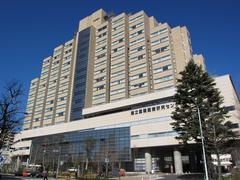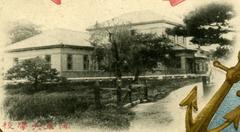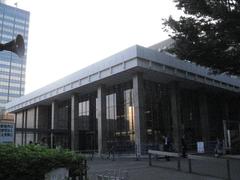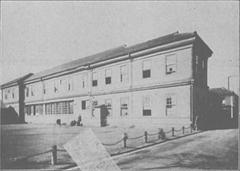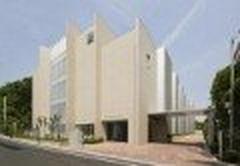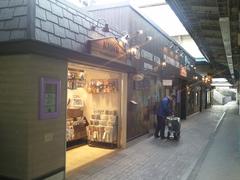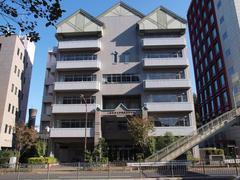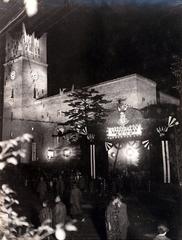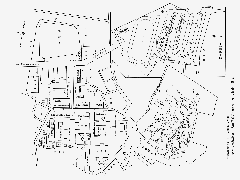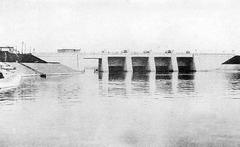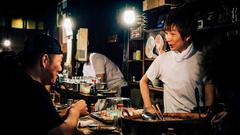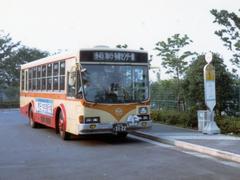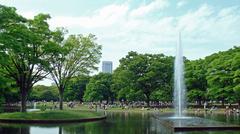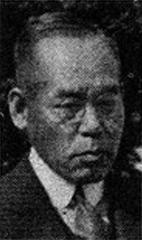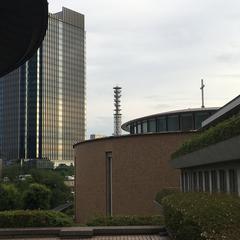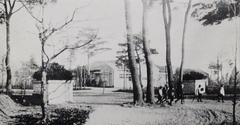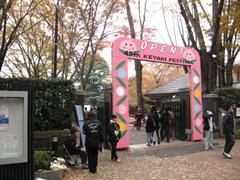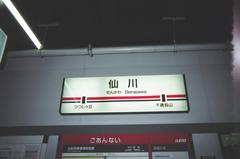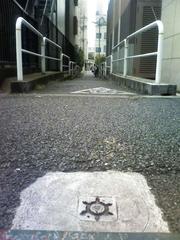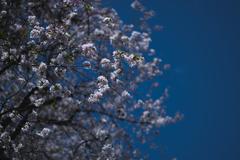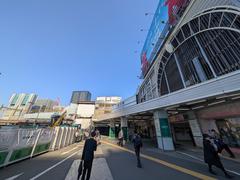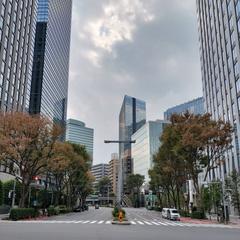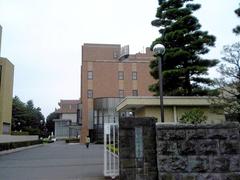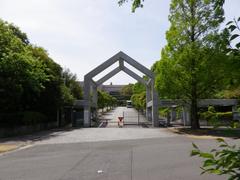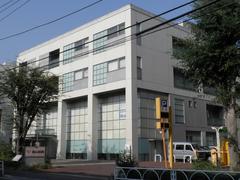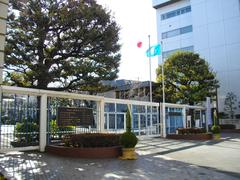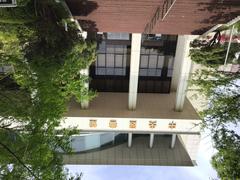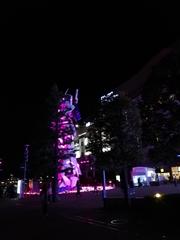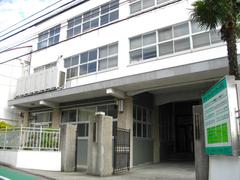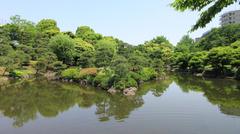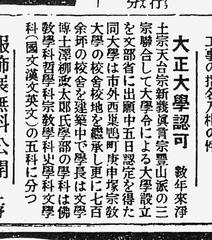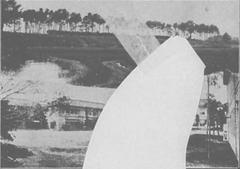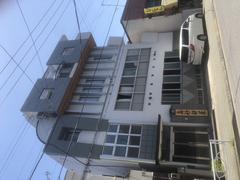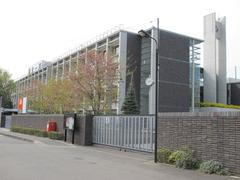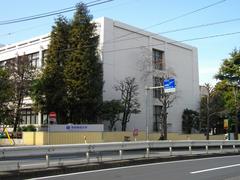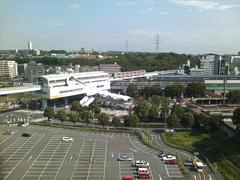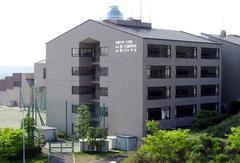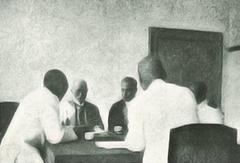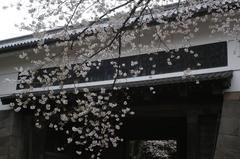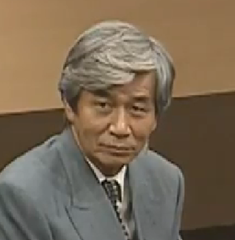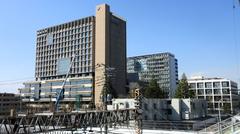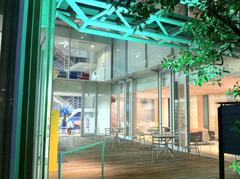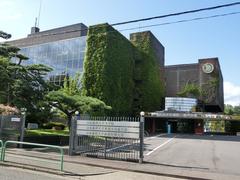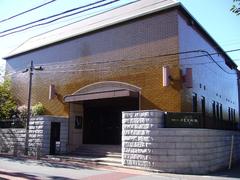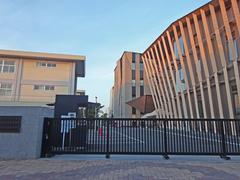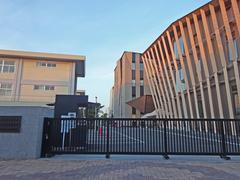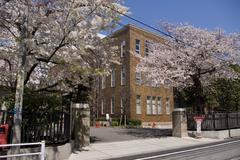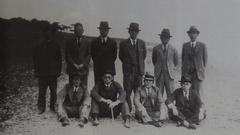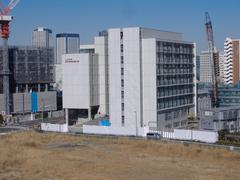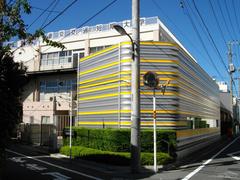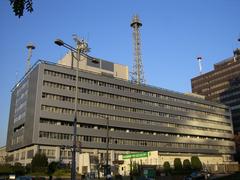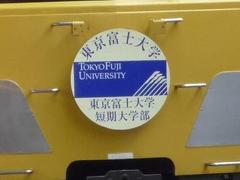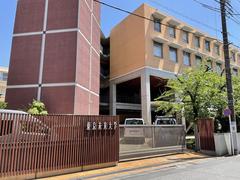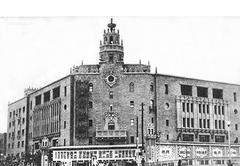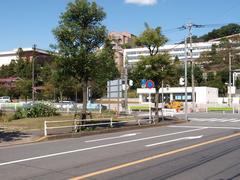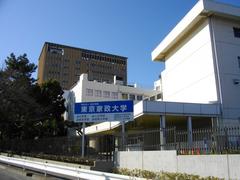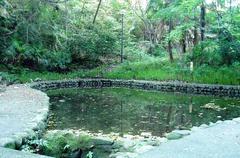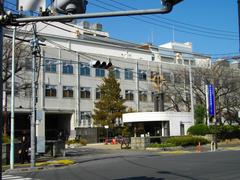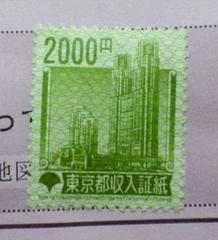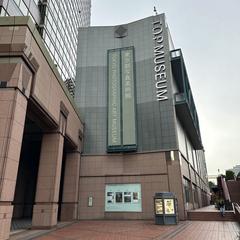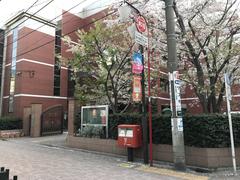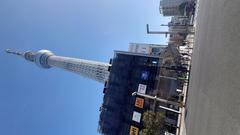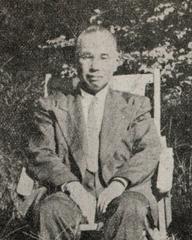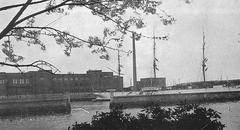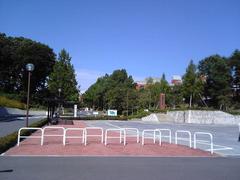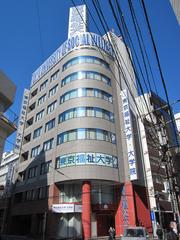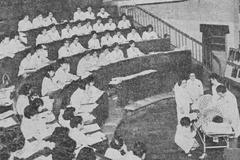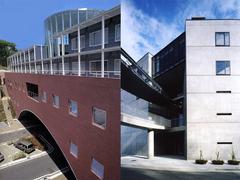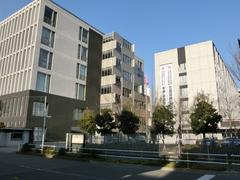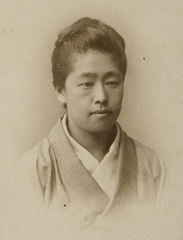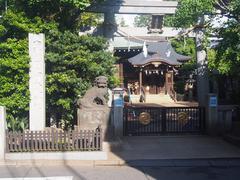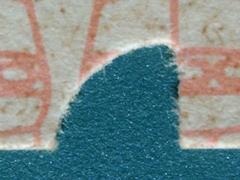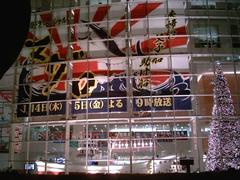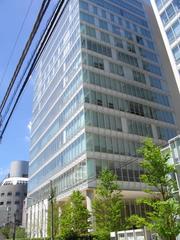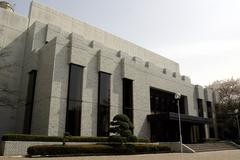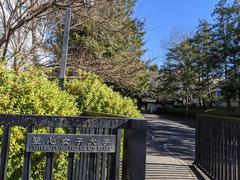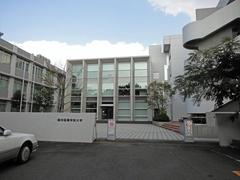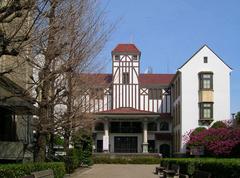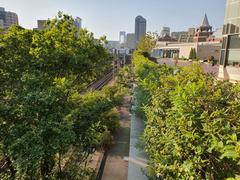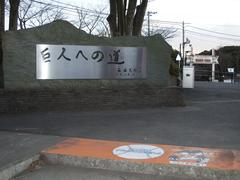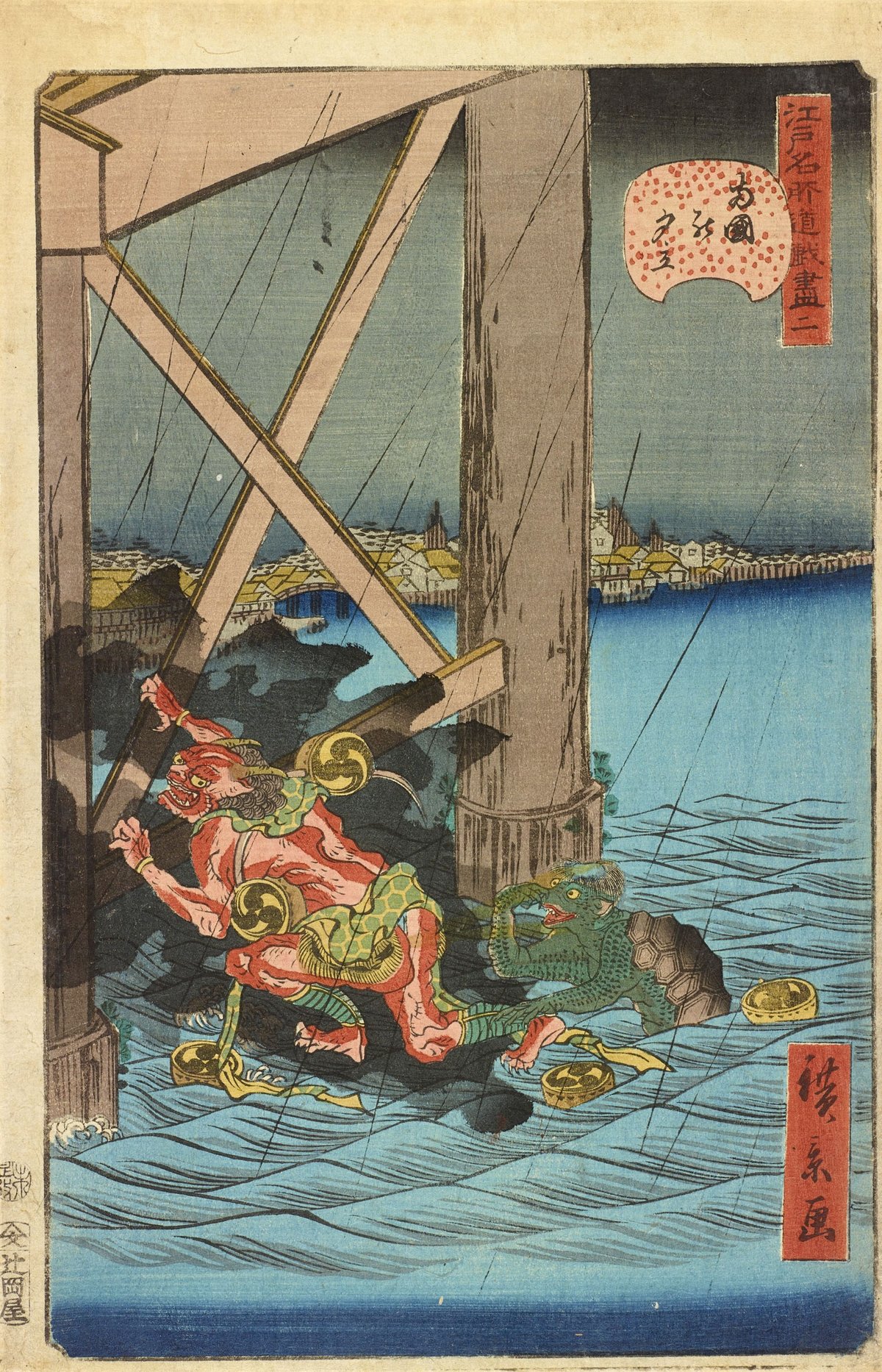
Comprehensive Guide to Visiting Ōta Memorial Museum of Art, Tokyo, Japan
Publication Date: 23/07/2024
Introduction to Ōta Memorial Museum of Art
Nestled in the vibrant Harajuku district of Tokyo, the Ōta Memorial Museum of Art (太田記念美術館) is a must-visit destination for enthusiasts of ukiyo-e, the traditional Japanese woodblock prints and paintings that flourished during the Edo period (1603-1868). Established in 1980 by Seizo Ota V, a prominent Japanese businessman and art collector, the museum was created out of Ota’s passion for ukiyo-e and his vision to provide a public space where these artworks could be appreciated and studied. The museum’s extensive collection, which includes over 14,000 pieces, features masterpieces by renowned artists such as Katsushika Hokusai, Utagawa Hiroshige, and Kitagawa Utamaro. This comprehensive guide aims to provide you with all the necessary information to make the most of your visit, from the museum’s rich history and architectural significance to visitor information, travel tips, and cultural insights. Whether you are an art aficionado or a curious traveler, the Ōta Memorial Museum of Art offers a unique window into the cultural heritage of Japan. For more information, you can visit the museum’s official website.
Table of Contents
- [Introduction](#introductionintroduction-to-ōta-memorial-museum-of-art)
- [Visiting the Ōta Memorial Museum of Art](#visiting-the-ōta-memorial-museum-of-artvisiting-the-ōta-memorial-museum-of-art)
- [History of the Museum](#history-of-the-museumhistory-of-the-museum)
- [Collection and Exhibitions](#collection-and-exhibitionscollection-and-exhibitions)
- [Architectural Significance](#architectural-significancearchitectural-significance)
- [Visitor Information](#visitor-informationvisitor-information)
- [Cultural Impact and Educational Role](#cultural-impact-and-educational-rolecultural-impact-and-educational-role)
- [International Recognition and Collaborations](#international-recognition-and-collaborationsinternational-recognition-and-collaborations)
- [Preservation Efforts](#preservation-effortspreservation-efforts)
- [Visitor Experience](#visitor-experiencevisitor-experience)
- [Notable Exhibitions](#notable-exhibitionsnotable-exhibitions)
- [FAQ](#faqfaq)
- [Nearby Attractions and Dining Options](#nearby-attractions-and-dining-optionsnearby-attractions-and-dining-options)
- [Conclusion](#conclusionconclusion)
Visiting the Ōta Memorial Museum of Art
History of the Museum
The Ōta Memorial Museum of Art was founded in 1980 by Seizo Ota V, the former president of Toho Mutual Life Insurance Company. His passion for ukiyo-e inspired him to amass an extensive collection, which he decided to share with the public. The museum is located in the Harajuku district of Tokyo, a vibrant area known for its blend of traditional and contemporary culture.
Collection and Exhibitions
The museum’s collection primarily focuses on ukiyo-e, which flourished during the Edo period. Ukiyo-e, meaning “pictures of the floating world,” often depicted scenes of kabuki actors, beautiful women, landscapes, and scenes from everyday life. The Ōta Memorial Museum of Art houses over 14,000 pieces, including works by renowned artists such as Katsushika Hokusai, Utagawa Hiroshige, and Kitagawa Utamaro.
The museum’s exhibitions are rotated monthly to preserve the delicate prints and provide visitors with a diverse viewing experience. Special exhibitions often focus on specific themes, artists, or periods, offering in-depth insights into the world of ukiyo-e.
Architectural Significance
Designed by architect Yoshinobu Ashihara, the museum building is a blend of traditional and modern architectural elements. The structure harmonizes with its surroundings while providing a serene environment for the appreciation of art. The interior spaces are designed to enhance the viewing experience, with carefully controlled lighting and climate conditions to protect the artworks.
Visitor Information
Ticket Prices and Opening Hours
The Ōta Memorial Museum of Art is open from 10:30 AM to 5:30 PM, with the last admission at 5:00 PM. The museum is closed on Mondays (or the following day if Monday is a holiday) and during the New Year holidays. General admission is 700 yen, with discounts available for students, seniors, and groups.
Travel Tips
The museum is easily accessible via public transportation. It is a short walk from Harajuku Station on the JR Yamanote Line and Meiji-Jingumae Station on the Tokyo Metro Chiyoda and Fukutoshin Lines. Nearby attractions include the Meiji Shrine, Takeshita Street, and Omotesando, making it easy to plan a full day of exploration in the area.
Cultural Impact and Educational Role
The Ōta Memorial Museum of Art plays a significant role in preserving and promoting Japanese cultural heritage. Ukiyo-e is not only an important art form but also a historical record of Japan’s Edo period. The museum’s efforts to showcase these works contribute to a broader understanding of Japanese history and culture.
In addition to its exhibitions, the museum offers educational programs and workshops aimed at both adults and children. These programs include lectures, hands-on printmaking workshops, and guided tours, all designed to deepen visitors’ appreciation and understanding of ukiyo-e. The museum also collaborates with schools and universities to provide educational resources and opportunities for students to engage with Japanese art history.
International Recognition and Collaborations
The Ōta Memorial Museum of Art has gained international recognition for its exceptional collection and contributions to the field of ukiyo-e studies. The museum frequently collaborates with other institutions worldwide, lending pieces from its collection to exhibitions in Europe, North America, and other parts of Asia. These collaborations help to promote Japanese art and culture on a global scale and foster cross-cultural understanding.
One notable collaboration was the 2019 exhibition “Hokusai - Beyond the Great Wave” at the British Museum in London, where several pieces from the Ōta Memorial Museum of Art were featured. This exhibition attracted significant attention and highlighted the global influence of Hokusai’s work.
Preservation Efforts
Preserving ukiyo-e prints is a challenging task due to their fragility and sensitivity to environmental factors. The Ōta Memorial Museum of Art employs state-of-the-art conservation techniques to ensure the longevity of its collection. This includes controlling temperature and humidity levels, using low-light conditions in exhibition spaces, and employing specialized storage methods.
The museum also conducts research on conservation methods and collaborates with experts in the field to stay updated on the latest advancements. These efforts are crucial in maintaining the integrity of the artworks and allowing future generations to enjoy and learn from them.
Visitor Experience
Visitors to the Ōta Memorial Museum of Art can expect a tranquil and enriching experience. The museum’s location in Harajuku makes it easily accessible, and its proximity to other cultural landmarks, such as the Meiji Shrine and Takeshita Street, allows for a full day of exploration in the area.
The museum’s layout is designed to guide visitors through the history and evolution of ukiyo-e, with informative displays and descriptions accompanying each piece. Audio guides and multilingual materials are available to cater to international visitors, ensuring that everyone can fully appreciate the art on display.
Notable Exhibitions
Over the years, the Ōta Memorial Museum of Art has hosted numerous notable exhibitions that have drawn both local and international visitors. Some of these include:
- “Hokusai and His Contemporaries”: An exhibition showcasing the works of Katsushika Hokusai alongside those of his peers, providing a comprehensive view of the ukiyo-e movement.
- “Beauties of the Edo Period”: A focus on the depiction of women in ukiyo-e, highlighting the beauty standards and fashion of the time.
- “Landscapes of Japan”: Featuring landscape prints by artists such as Utagawa Hiroshige, this exhibition offered a glimpse into the natural beauty of Japan as seen through the eyes of ukiyo-e artists.
These exhibitions not only display the artistic achievements of the Edo period but also offer insights into the social and cultural context of the time.
FAQ
Q: What are the visiting hours for the Ōta Memorial Museum of Art?
- A: The museum is open from 10:30 AM to 5:30 PM, with the last admission at 5:00 PM. It is closed on Mondays (or the following day if Monday is a holiday) and during the New Year holidays.
Q: How much are the tickets for the Ōta Memorial Museum of Art?
- A: General admission is 700 yen, with discounts available for students, seniors, and groups.
Q: How do I get to the Ōta Memorial Museum of Art?
- A: The museum is a short walk from Harajuku Station on the JR Yamanote Line and Meiji-Jingumae Station on the Tokyo Metro Chiyoda and Fukutoshin Lines.
Q: Are there any guided tours available?
- A: Yes, the museum offers guided tours and educational programs for both adults and children. These tours are designed to deepen visitors’ appreciation and understanding of ukiyo-e.
Q: What are some nearby attractions?
- A: Nearby attractions include the Meiji Shrine, Takeshita Street, and Omotesando, making it easy to plan a full day of exploration in the area.
Nearby Attractions and Dining Options
Nearby Attractions
Harajuku is a vibrant area with numerous attractions worth exploring before or after your visit to the Ōta Memorial Museum of Art:
- Meiji Shrine: A serene Shinto shrine located within a lush forested area, just a 10-minute walk from the museum. More information can be found on the Meiji Shrine website.
- Takeshita Street: A bustling shopping street famous for its trendy shops, quirky cafes, and vibrant atmosphere. It is located just a few minutes from Harajuku Station.
- Omotesando: Known as Tokyo’s Champs-Élysées, this upscale shopping avenue features high-end boutiques, cafes, and architectural marvels.
Dining Options
There are numerous dining options in the vicinity of the museum, catering to a variety of tastes and budgets:
- Kawaii Monster Cafe: A whimsical themed cafe offering a unique dining experience with colorful decor and creative dishes. More details can be found on their website.
- Afuri Ramen: Known for its yuzu-infused ramen, this popular ramen shop is a short walk from the museum. Visit their website for more information.
- Bills Omotesando: An Australian cafe famous for its ricotta pancakes and relaxed atmosphere. It is located in the Tokyu Plaza Omotesando Harajuku building. More details are available on their website.
Conclusion
The Ōta Memorial Museum of Art stands as a testament to the enduring appeal and cultural significance of ukiyo-e. Through its extensive collection, educational programs, and international collaborations, the museum continues to play a vital role in preserving and promoting this unique aspect of Japanese heritage. Visitors to the museum can expect an immersive and enlightening experience, gaining a deeper appreciation for the art and history of Japan. For more information and to plan your visit, check out their official website.
Sources and References
- Ōta Memorial Museum of Art official website
- Meiji Shrine official website
- Kawaii Monster Cafe official website
- Afuri Ramen official website
- Bills Omotesando official website
